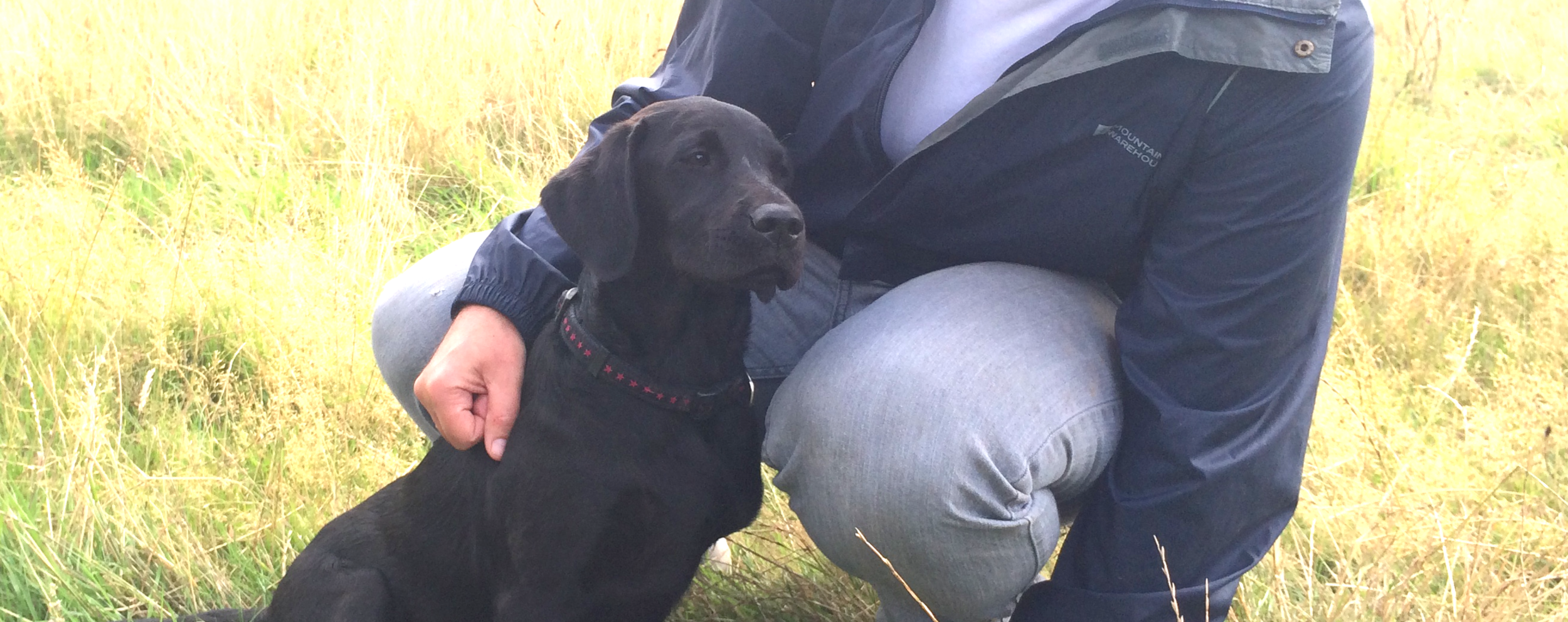It’s natural for people to question things.
And especially when that “thing” is having a major unwanted effect on their life!
So “Why is my dog reactive?” is a question I hear often.
And the questioner often furnishes what they think the answer may be. These “reasons” can range from:
He’s a rescue dog
I think he was beaten
He missed out on socialisation
He was over-socialised
He was attacked as a puppy (“attacked” can mean anything from being stared at to being torn apart, I have learnt)
He had a bad breeder / bad breeding / bad start
We went to a bad puppy class
He never went to puppy class
.. and so it goes on.
Now whether any of those things are true, and - more to the point - whether they have any bearing on how your dog is now, can never be quantified.
Keen to learn more to help your Growly Dog? Get our free e-course here and get started!
It’s been proven that fears can be hereditary. Even that the position in the womb can affect a puppy’s mindset! And while all the research goes on - you have a dog to look after.
The fact is that your dog is reactive!
.. or anxious, nervous, shy, “aggressive” …
This is what we know, for sure - so why not start there?
Start from where you are
It really doesn’t matter why your dog is reactive or fearful. He just is.
A family may have two or more children who are poles apart in character. Same parents, same genes, same environment, same diet, same everything.
And yet they are totally different. We all know families like this - maybe even have a family like this!
Perhaps one child is brave and fearless and dives into everything.
While another is shy and reserved, lacks confidence, and prefers to be a wallflower.
Thing is - we get the children we’re given! We don’t have too much say in the matter.
And we love them just the same.
Choosing your dog
So why not view your dog the same way?
Maybe you went to great lengths to choose a breed you thought would suit you, the gender that seemed right for you. You hunted till you found a good breeder, checked the lines, made your choice.
Or perhaps you took pot luck - picking a dog from a shelter, or inheriting a dog from someone else.
I can tell you now, that there is more variation between individuals than there is between breeds.
In other words, two dogs of the same breed - even from the same litter - will be individual. Not clones. Individual.
Your collie may be afraid of things that run fast, your spaniel may have no interest in using his nose, your GSD may be sound-sensitive, your lapdog may hate laps …
So, to some extent, no matter how carefully you choose, you are taking a gamble.
First of all, be kind
Your dog can’t help how he is. He didn’t choose to be afraid. He just is.
And fear of some kind, whether inbred or acquired, is at the bottom of most reactivity.
So let’s cut him some slack.
He may not be the dog you had hoped for.
He may never be a good agility dog, or working dog - which is why you got him.
He may never be comfortable in strange places, or with strange people or dogs.
But that’s not his fault!
It’s just the way it is!
No need for whywhywhy - it just is.
You chose him.
So you need to do what you can to make his life with you the best it can be. If that limits what you can do with this dog, then so be it.
More love on offer
Just about all the reactive dogs I have ever known are wonderful family pets. They are utterly devoted to their people. They are fun to have around - at home.
I’d go so far as to say there is no bond like the bond between your reactive dog and you.
You have to put so much work in to keep him - and you - happy.
And in so doing, you understand him so much better. You build his confidence, slowly but surely (this can take years).
And your dog knows (once he’s no longer a terrified screaming furry blob on a walk) that you love him and will protect him.
What better pet could you wish for?
Want some help with your challenging dog? Hop over to our free Masterclass for Growly Dogs, which gives you practical techniques you can use straight away to make your your dog - and your walks - calmer























